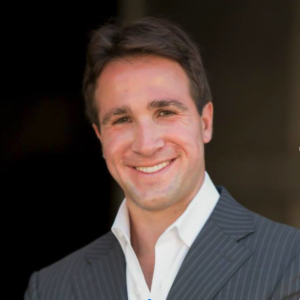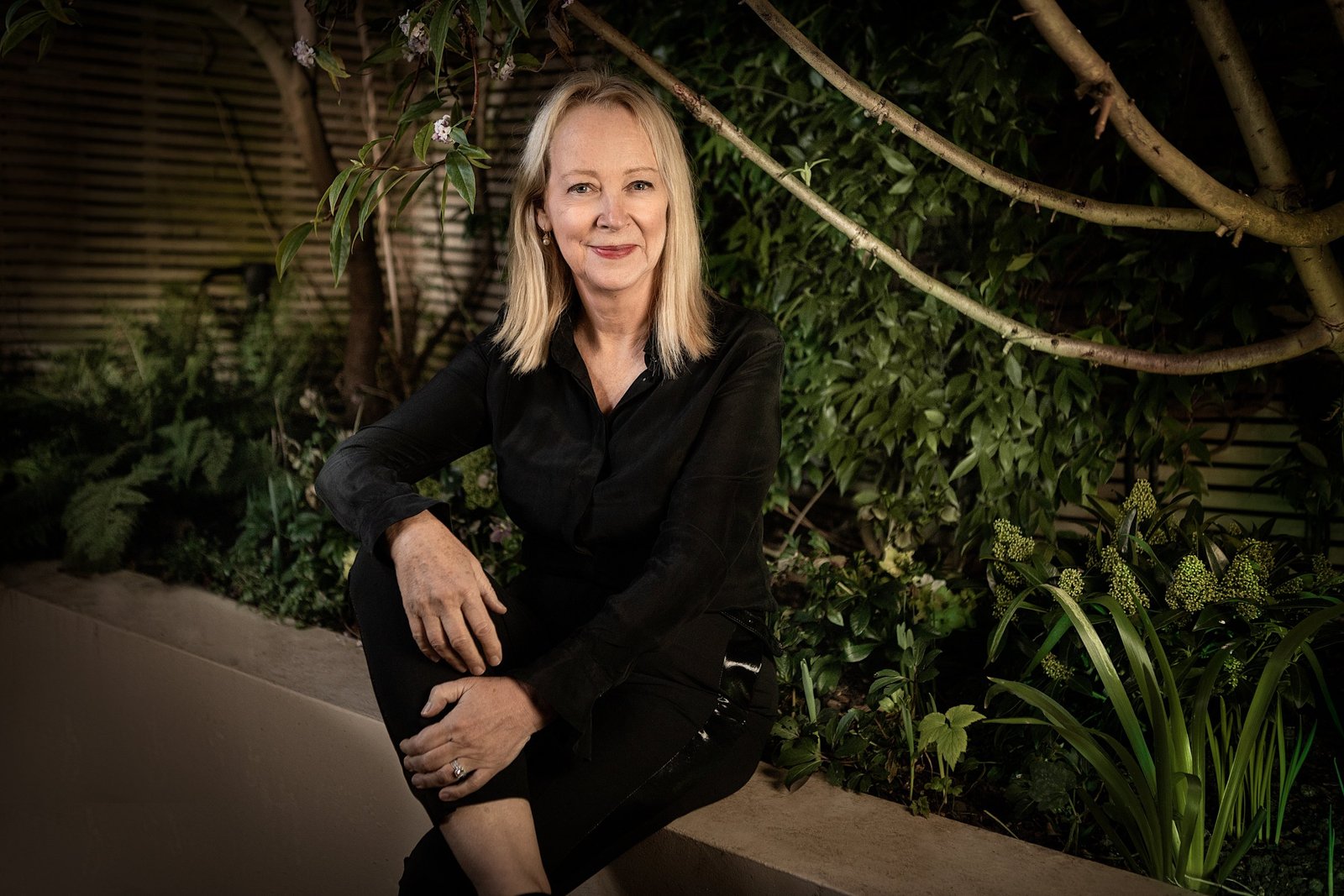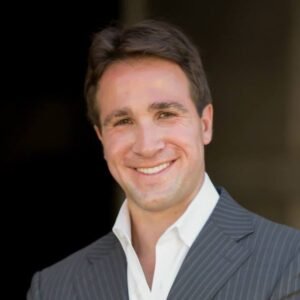I recently went one on one with Lynda Gratton. Lynda is the founder and CEO of HSM Advisory and the author of the new book Redesigning Work: How to Transform Your Organization and Make Hybrid Work for Everyone.
Adam: Thanks again for taking the time to share your advice. First things first, though, I am sure readers would love to learn more about you. How did you get here? What experiences, failures, setbacks or challenges have been most instrumental to your growth?
Lynda: I am really passionate about how people experience work. I guess this started when as a 16-year-old I worked on a chocolate packing line. Really tough work, long hours, very repetitive. I’ve always hoped that we could design work where we really use human potential rather than treating people as robots. I loved my PhD studies when I looked at Maslow’s Hierarchy of Needs to get a better sense of motivation. But while I really enjoyed research (and still do) I was fascinated by connecting research and organizational practice. Creating this bridge I guess has been my life’s work. So right now I am both Professor of Management Practice at London Business School and develop and direct “the future of work” elective, while also founding HSM-Advisory which has helped more than ninety companies around the world to future-proof their business strategy. So creating bridges between groups (in my case academics and executives) has been the foundation of my working life. Along the way, I learned that I really love writing. So I’ve written ten books, including The 100-Year Life, which I am really proud of. It sold over a million copies and was translated into more than fifteen languages, becoming the best-selling book in Japan. That opened up amazing opportunities for me. For example, I served for two years on Japanese Prime Minister Abe’s Council on longevity. The pandemic changed everything and I wanted to show how it has created an opportunity to really step back and rethink work. I was thrilled when my article “Doing Hybrid Right” was the cover story for Harvard Business Review in May 2020 and I followed this up with my book Redesigning Work: How to Transform Your Organization and Make Hybrid Work for Everyone. It’s published by MIT Press, which fits nicely with a column I write for MIT Sloan.
Adam: What do you hope readers take away from your new book?
Lynda: I see the pandemic as an extraordinary opportunity to reexamine the way we work, and that’s what I try to do in the pages of my book. The pandemic created an “unfreezing” as people learned new habits (like not commuting), new skills (like virtual working), and built new networks. So as we approach the “refreeze” that’s putting pressure on leaders to step up and redesign work. The challenge right now, as I see it, is the speed with which some leaders are going back to the past ways of working. That’s a real lost opportunity and frankly demonstrates a lack of imagination about what’s possible and an over caution about experimenting and taking risks. This moment is a great opportunity to look long and hard at work—both the physical space and how we configure time. In the book, I show the four crucial actions that leaders need to embark on now to ensure that they design ways of working that both build productivity and increase engagement.
Adam: What do you believe is the future of work?
Lynda: That’s a great question! What I have learned looking at over 30 companies as they’ve embarked on this journey to reinvent work in a way that is future proofed, is that each has created its own “signature.” They’ve found a way of working that resonates with their own purpose, the productive elements of the job, and the aspirations of their people in terms of ways of working. So, I think that there will be ever more variety about how companies go about the design of work. That is good because with this variety comes more opportunity for workers to choose companies that are more closely aligned with their preferences.
It’s also clear that in the last 6 months, as the war for talent has heated up, some leaders realize they need to design a way of working that both boosts creativity and productivity while also bringing the flexibility that people crave. As I describe in the book, there are some really exciting ways of doing this.
Adam: How can leaders transform their organizations and make hybrid work for everyone?
Lynda: What will emerge is certainly not a “one size fits all.” Rather, how work is designed will reflect the nature of the work in that specific company.
That said, for many cognitive, office-based jobs I think hybrid is here to stay—and for many employees that will mean time both working from home and time working from the office. The actual proportion of time for each (for example 2 or 3 days in the office per week) will become clearer as the designs start settling down and people work out what is best for them.
Adam: How can leaders build winning organizational cultures, particularly in companies that have hybrid or remote workforces?
Lynda: In addition to looking at where we work, leaders should also be looking at when we work. We can ask questions about where we work when the jobs we are considering are essentially office-based. But that leaves a huge group of jobs where there is much less possibility for place flexibility—medical jobs, delivery jobs for example. That’s why it’s so important to also be creative about time flexibility. So while people might not have flexibility about where they work, they can experience flexibility about when they work—be that flexibility around the hours, days, or weeks worked.
I want leaders to see that there are benefits—for employers, not just for employees—to offering a virtual or hybrid model, but these have to be tied to both productivity and engagement. In the book, I talk about the importance of understanding what really drives performance and productivity in the job. There are some job tasks, such as focus and coordination, which can be performed as productively (perhaps even more productively) outside of the office—at home. But it is also important to realize that there are other job tasks—particularly those that are about cooperation—where synchronous/face-to-face working will have its place. So, employers gain the most when they make the link between the tasks of the job and the most appropriate configuration of place and time. For sure this is a more complex design challenge than simply saying everyone has to be in the office all the time—but the real benefits are in boosting performance and employee engagement.
Adam: What do you believe are the defining qualities of an effective leader?
Lynda: I think the collective experience of the pandemic has brought to the fore some leadership qualities that were always important—particularly empathy and listening. But it has also revealed other leadership qualities that had not been so widely acknowledged. For me, the two are a “learning mindset,” and the capacity to “take risks and to experiment.” Learning from doing is really important right now as every leader has to make their own judgment call about the work design they believe will best boost productivity and engage their most talented employees. They also have to be prepared to learn as events unfold and they get more feedback about working practices. Some leaders will decide, for example, that everyone has to be back in the office. Their belief is that face-to-face working is crucial to cooperation and innovation. Yet, as time unfolds, they may learn that one of the unintended consequences of their decision is that this will reduce the pool of employees they are able to attract and retain. Imagine for example that there will be significant numbers of highly talented people who they would like to attract, but who value flexibility. This high talent/high flexibility talent pool will not be available to them. As they realize this my guess is those with a “learning mindset” will begin a series of experiments (like sabbaticals, or job-share, or focused home working) to see if this widens the pool of talent. They will also look closely at what their competitors are doing. Imagine that some competitors bring in more innovative designs around place and time. Leaders will realize that an inevitable consequence is that their own employees will begin to ask “why don’t we have these options?”
Adam: How can leaders and aspiring leaders take their leadership skills to the next level?
Lynda: Many business leaders have a general sense that there’s a connection between their people’s happiness and their organization’s performance. I recommend they factor that into every decision they make. We know that when people are happy in their work then they tend to trust others, to work in more collaborative ways, to be prepared to push ideas, and to be cooperative. These are all behaviors that are associated with organizational performance. As I show in the book, one of the questions to ask about the design of work is whether it is fair. Unfairness is a real trigger to unhappiness while being treated in a fair way increases trust and this is directly associated with higher organizational performance.
In terms of how to make virtual and hybrid work well for employers, it’s really important to understand some aspects of individual employees—for example, their own preferences or the stage of their career. That is because, for example, what works well for a new recruit is not the same as for a more experienced worker. That’s why designing work (rather than simply telling everyone to be in the office all the time) is so crucial. And as leaders go about redesigning work they have to ask themselves: Will this help people be more productive, is it fair and equitable, and will it be appropriate in the longer term? It would be a disaster to create a way of working that inadvertently reduces productivity, is seen as unfair, or which fails to recognize the long-term trends that are shaping work (such as the impact of automation, people living and working longer, and the increasing importance of healthy living and healthy families).
Adam: What are your three best tips applicable to entrepreneurs, executives and civic leaders?
Lynda: We all have to learn new ways of working. In the book, I make three big suggestions. First, really discover what the main working tasks are and how they are best performed; for example, focused tasks are best done outside the office, whilst tasks of cooperation are better performed when people are together. Second, really consider the flow of work, particularly around synchronous and asynchronous meetings. Right now, there are way too many synchronous meetings and the real productivity gains come when teams learn when to be together and when to be apart. Third, really make technology work for you. Our collective experience of the pandemic has been to boost the use of collaborative technologies such as Slack and Zoom. But we have also learned that being overdone and always being “on” really reduces the focused work that is crucial in many jobs. So, the real gain from technology comes from knowing when to be connected and when to disconnect.
Adam: What is the single best piece of advice you have ever received?
Lynda: Take advantage of opportunities as they present themselves.
I’ve been studying companies and writing about work for 30 years. And frankly, until Covid I did not see much appetite to really change the way we work. Leaders were making some changes around the boundaries, but few had the courage to really make full-scale change to hybrid or virtual. The shock of the pandemic was extraordinary in that it forced us to accelerate the use of virtual technologies; drop some habits (such as commuting into the office every day) and develop new habits; and question some long-held assumptions. Together these have created real opportunities to harness the energy from these new ways of working and to ensure that we design work that is more suited to today’s employees rather than harking back to the offices of the past.
Adam: Is there anything else you would like to share?
Lynda: In the event that any of what I’m suggesting sounds pie-in-the-sky, know that in the book I talk about a whole raft of companies that are really pushing the ideas forward. Some are large and technologically sophisticated companies that have been on this journey for some time—companies such as the US technology company IBM, the Indian-based work technology company TCS which employs over half a million people, and the UK telecoms company BT. These are all really accelerating their internal technology platforms to streamline work and support team leaders in their new roles as they navigate hybrid work. Others are companies like the Japanese technology business Fujitsu where there is no tradition of flexible working and yet they have now successfully implemented hybrid work while also thinking creatively about the type of offices that will serve their employees. Some, like the design company Arup (with its innovative office design) and the west coast strategy consultancy Artemis Connection (with their virtual capabilities), have developed organizational competencies that are now coming to the fore. And importantly, I share the journey and lessons learned from companies such as the Swedish telecom Ericsson, the back-office provider Sage, and CPP (which manages the Canadian pension fund) as they creatively and courageously navigate the four-step journey which they are on to redesign work to be more engaging, flexible, and ultimately more productive. I have also designed a “blueprint” that readers can download that takes them through the four steps I have suggested in the book.









